Nvidia Celebrates 25 Years of GPUs, Rises to Become World’s Second Most Valuable Company
Nvidia is celebrating a major milestone: 25 years since the launch of the GeForce 256, the world’s first GPU (Graphics Processing Unit). As the company looks back on its groundbreaking innovation, it’s also celebrating a market capitalization of $3.4 trillion, making it the second most valuable company in the world, surpassing Microsoft and trailing just behind Apple.

Launched in 1999, the GeForce 256 was far more than just a graphics card—it revolutionized the computing world. According to Tom’s Hardware, the GPU was able to offload computational tasks from CPUs (Central Processing Units), allowing game developers to integrate more detailed graphics into their games without sacrificing performance. This breakthrough laid the foundation for future advancements in both gaming and computing.
Over the past quarter-century, Nvidia’s partnership with game developers has pushed the limits of what’s possible in the gaming industry. The company’s GPUs played a crucial role in innovations such as realistic textures, dynamic lighting, and smoother frame rates, all of which have transformed the gaming experience for players worldwide.
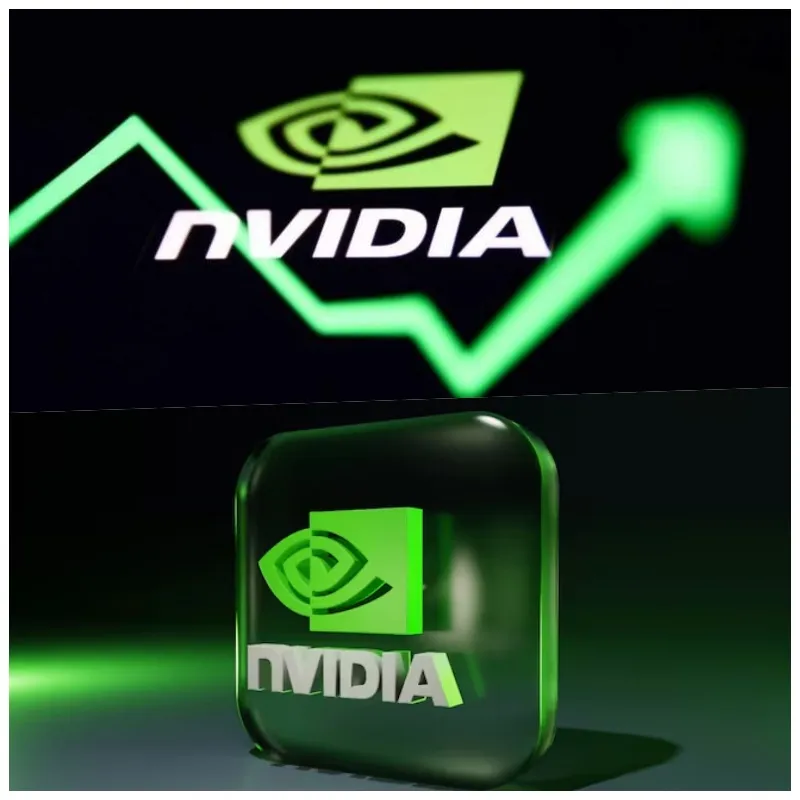
Today, Nvidia continues to lead the GPU market. Its H100, the most powerful GPU available, is specifically designed for AI training and is considered a major breakthrough in AI technology. As Nvidia’s CEO Jensen Huang describes it, the H100 is “the world’s first system designed for super AI.” GPUs have a distinct advantage over CPUs in AI applications, thanks to their ability to handle large-scale parallel computations efficiently, making them essential for modern AI systems.
The recent explosion in generative AI has turned Nvidia into a star of the hardware industry. As of now, Nvidia’s shares are trading at $138.57, propelling its market capitalization to $3.4 trillion. This places it ahead of Microsoft, valued at $3.1 trillion, and just behind Apple, which sits at $3.5 trillion. Nvidia’s rapid growth could soon allow it to surpass Apple as the world’s most valuable company.
Investors are confident in Nvidia’s continued success, particularly with the upcoming release of its Blackwell AI processor, a next-generation chip designed for AI systems. Research firm TD Cowen predicts Nvidia’s stock could reach $165, driven by strong demand for this new chip, which is expected to be priced between $30,000 and $40,000. Reports indicate that pre-orders for the Blackwell chip are already overwhelming.
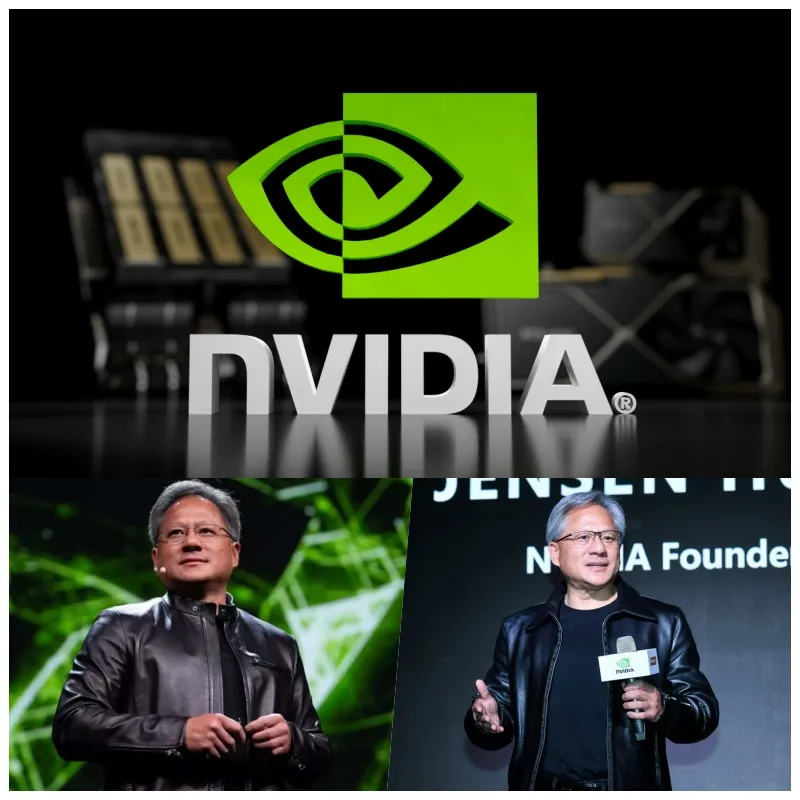
As CNBC puts it, Nvidia is like the pick-and-shovel seller during the gold rush, providing the essential tools for the burgeoning AI industry. From major tech giants like Microsoft, Meta, Google, and Amazon to smaller companies, everyone is eager to get their hands on Nvidia’s powerful GPUs to stay competitive in the AI race. Currently, Nvidia holds a 95% market share in the AI training chip market, according to research firm Mizuho, and analysts predict that demand for AI data centers could double Nvidia’s annual revenue to nearly $126 billion.
Founded in 1993 by three engineers—Jensen Huang, Chris Malachowsky, and Curtis Priem—Nvidia was built on the vision that computers would need more complex graphics processing units as they evolved. This vision paid off in 2000 when Nvidia secured its first major contract to supply chips for Microsoft’s Xbox gaming console. Since then, Nvidia has gained fame for its GPU products, and the company continued to thrive during the cryptocurrency mining boom, which drove demand for its high-performance graphics cards.
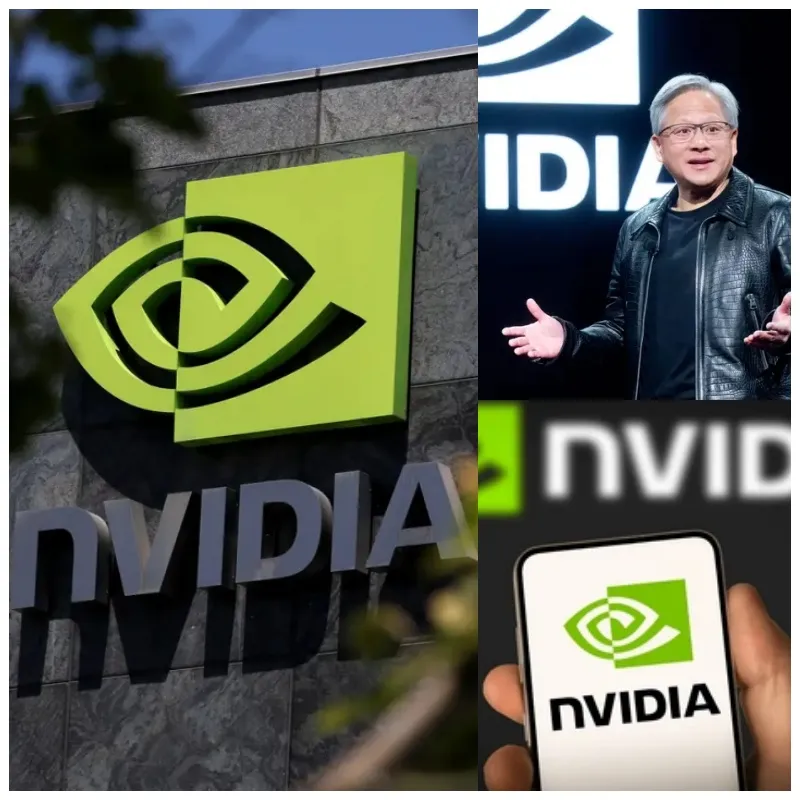
In early 2022, Nvidia introduced the H100, which remains the most powerful and one of the most expensive GPUs on the market, priced at $40,000. While some experts initially doubted the timing of this release—due to businesses tightening budgets and laying off staff—the launch of OpenAI’s ChatGPT and the global AI trend proved otherwise. Nvidia’s AI hardware became indispensable for companies looking to harness the power of AI, securing its place as a leader in the tech industry.
Nvidia’s rise to prominence over the past 25 years is nothing short of remarkable. From the launch of the world’s first GPU in 1999 to becoming a dominant force in the AI hardware market, Nvidia has continually pushed the boundaries of innovation. With a market capitalization of $3.4 trillion and a product lineup that’s in high demand, Nvidia is not only celebrating its past achievements but also looking forward to shaping the future of both gaming and AI.
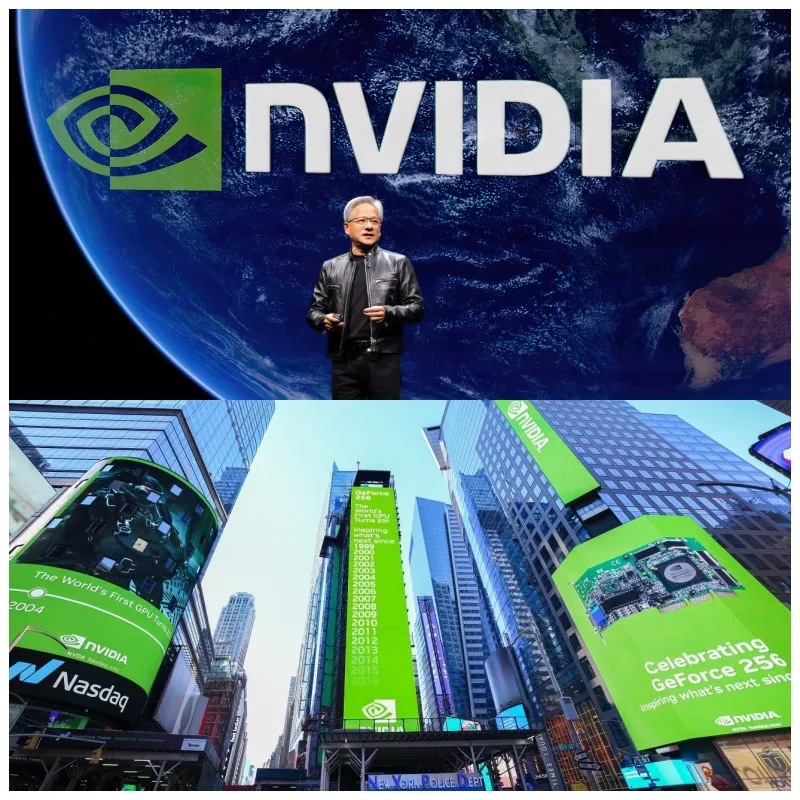






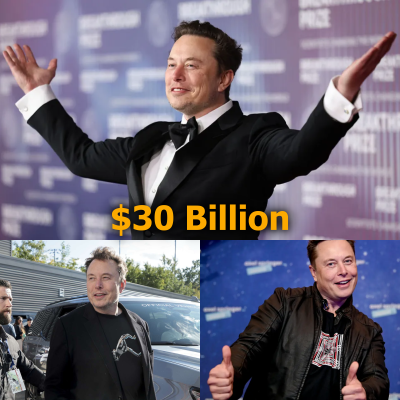

Post Comment